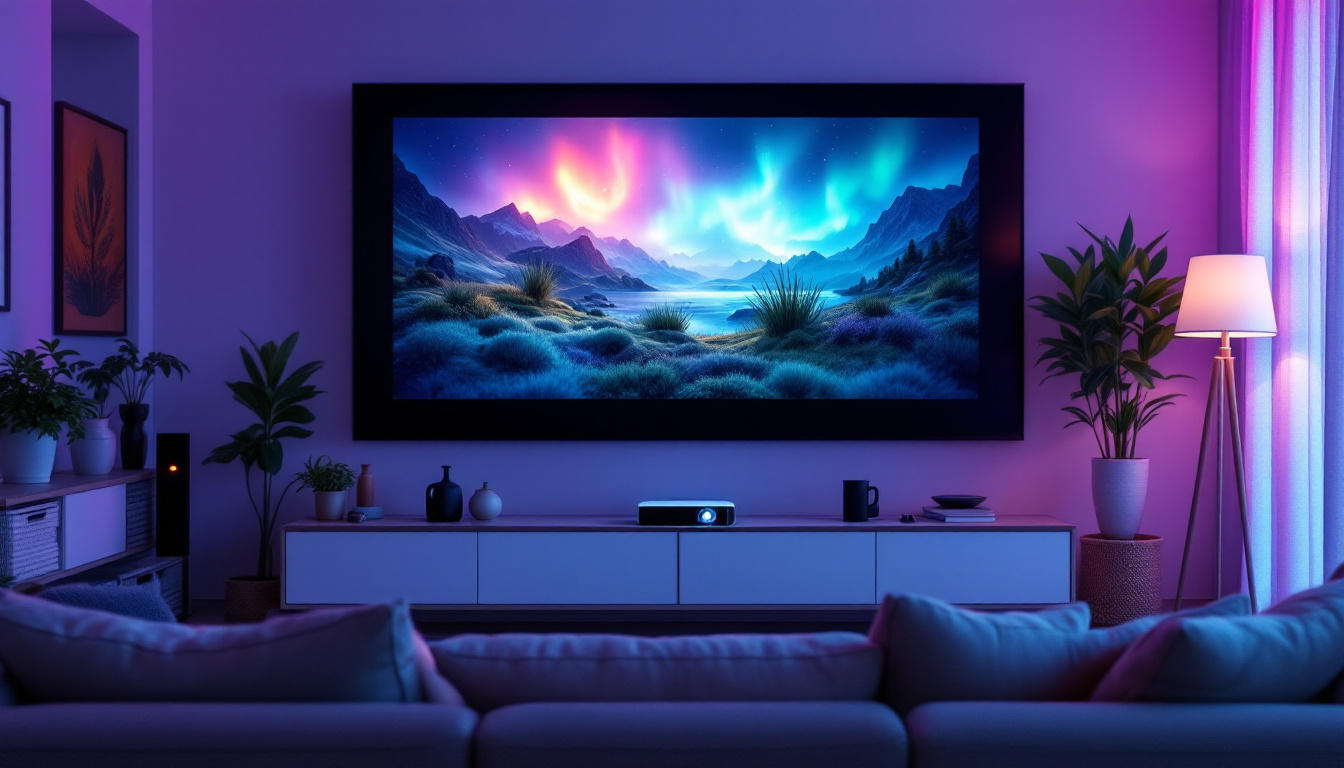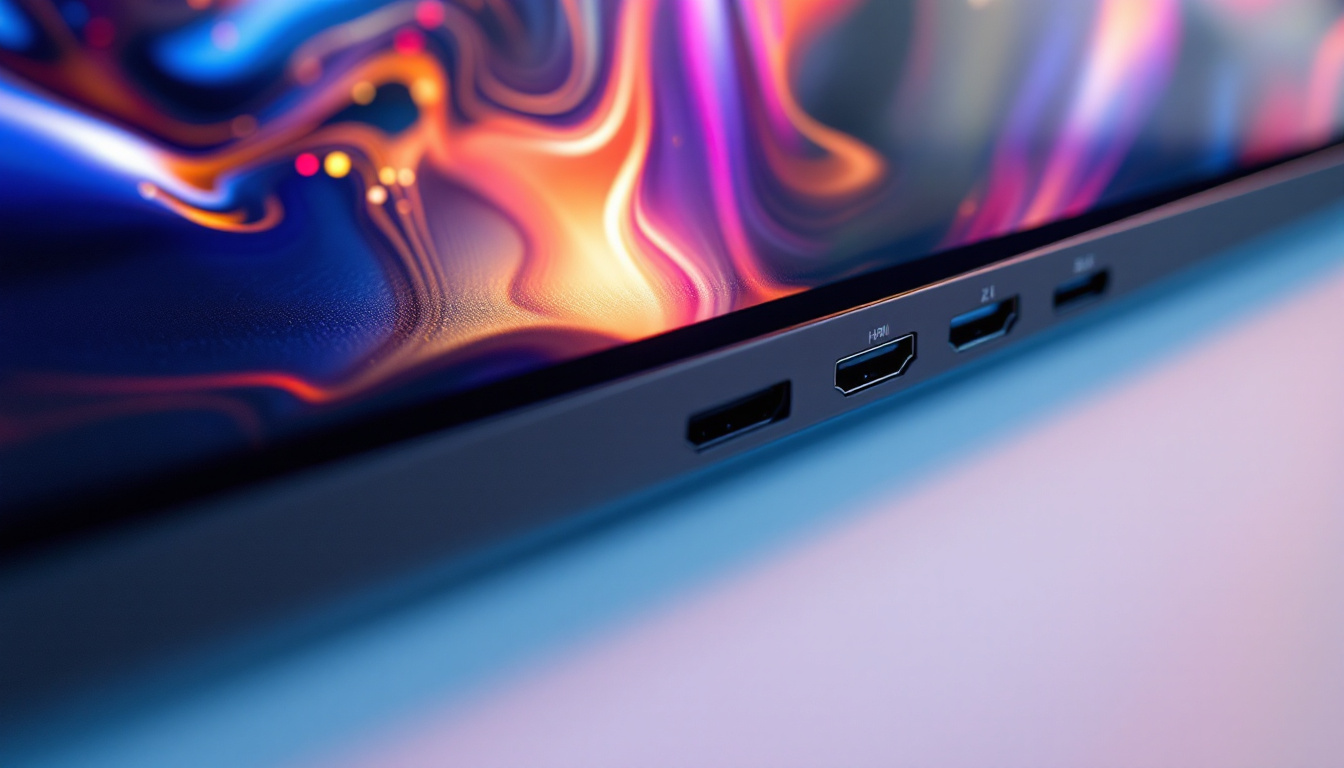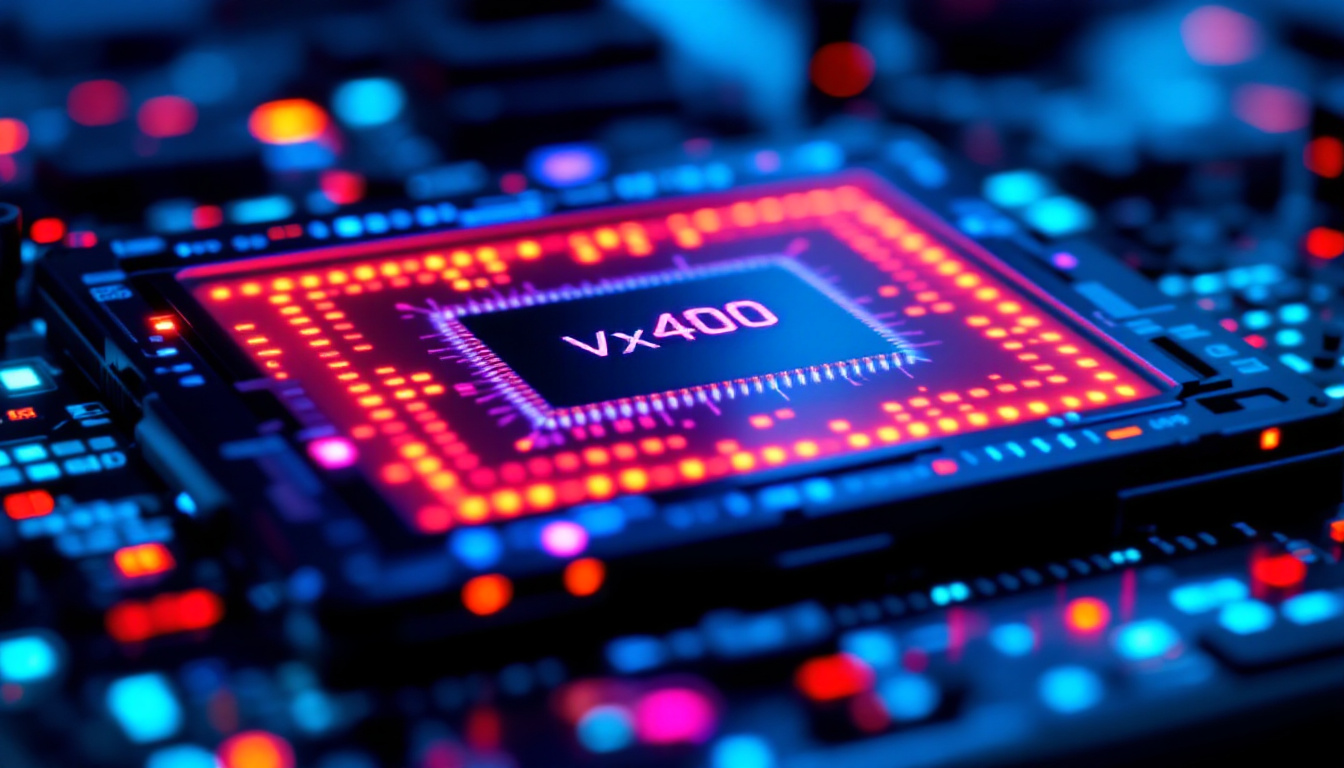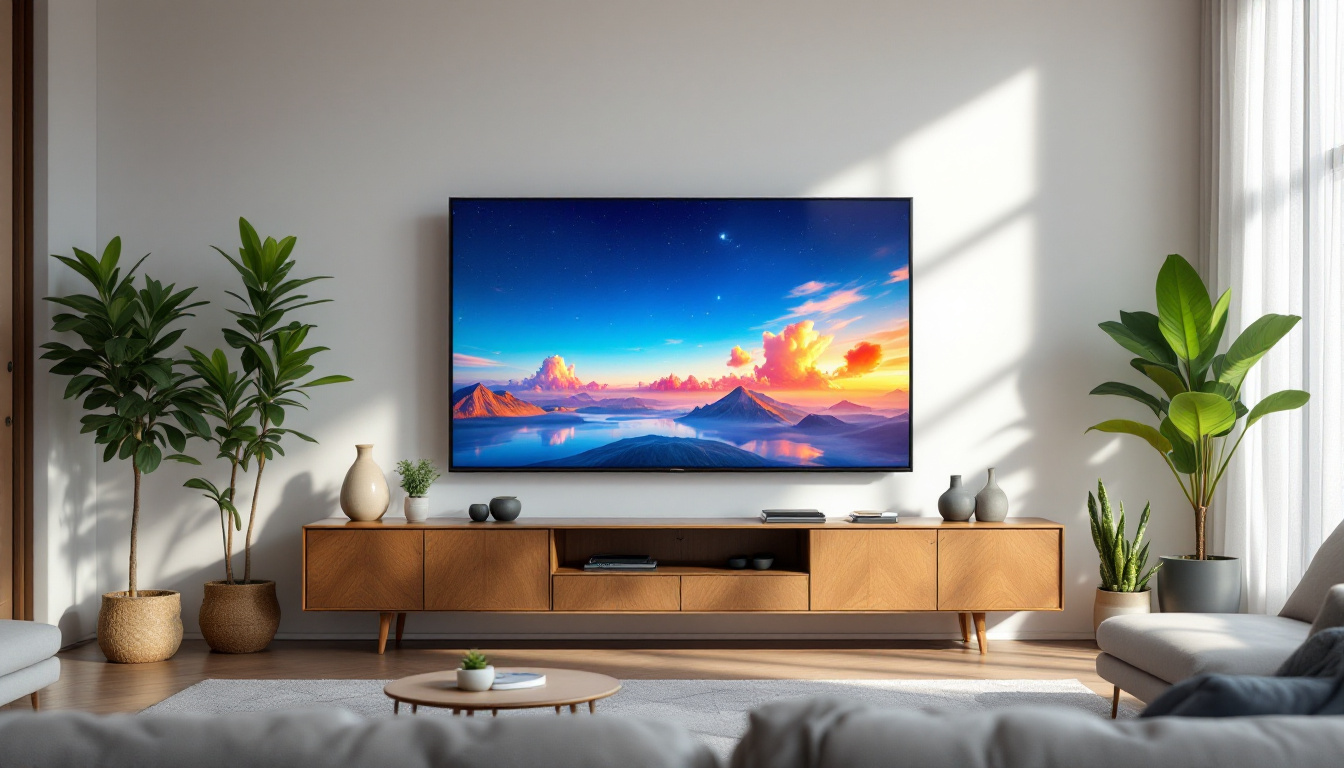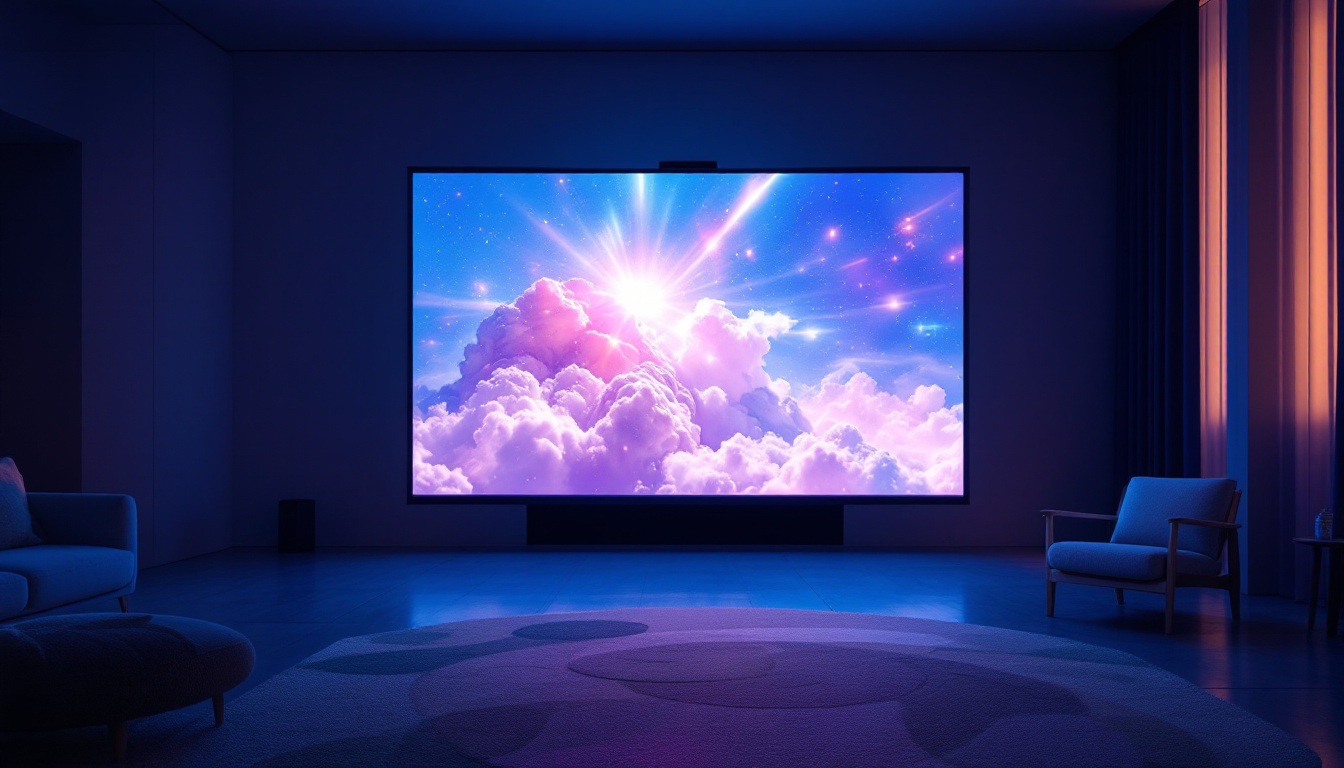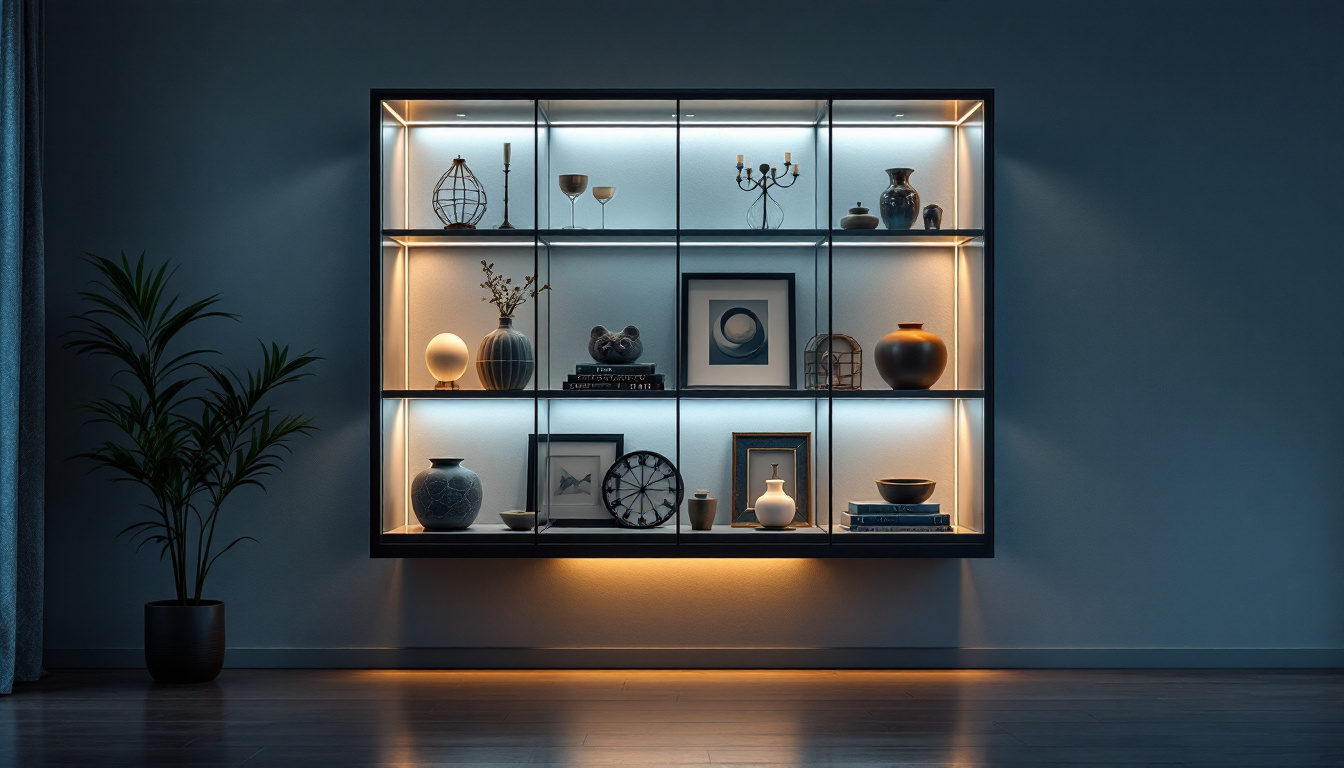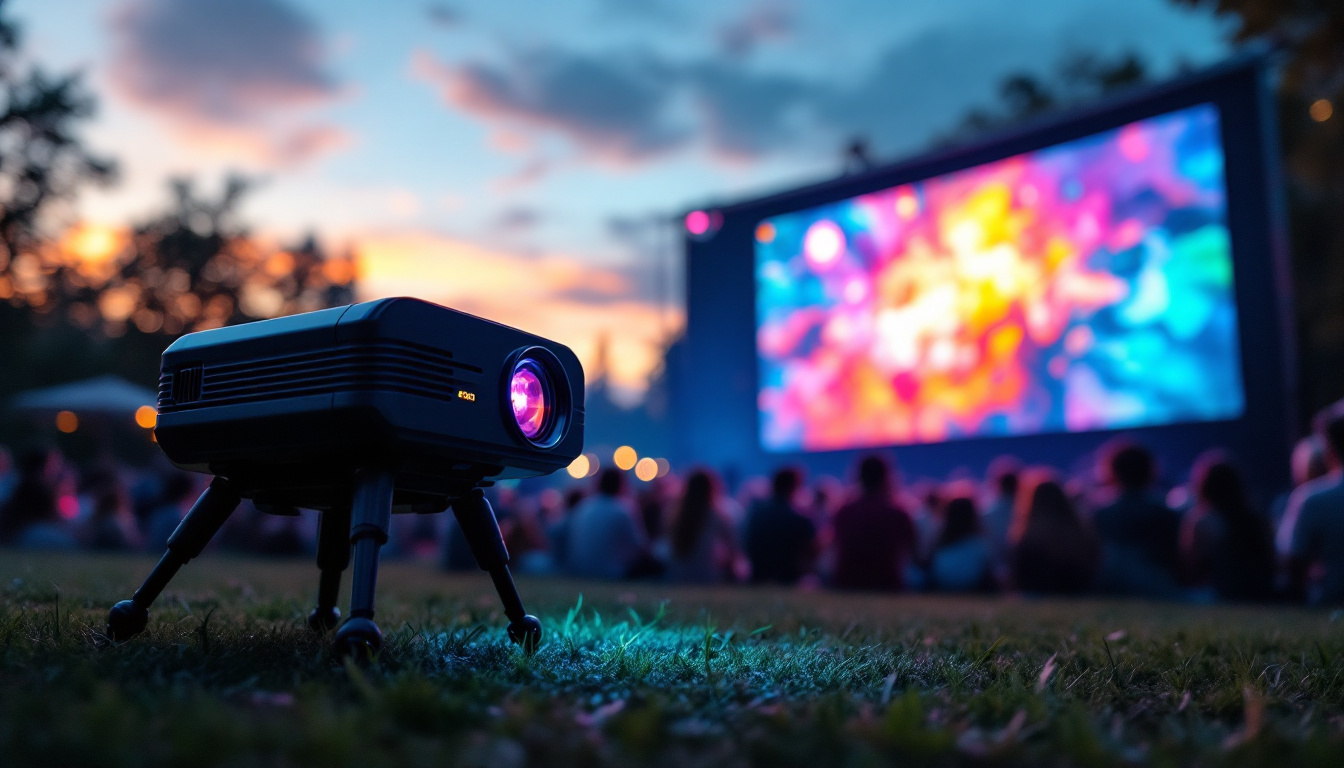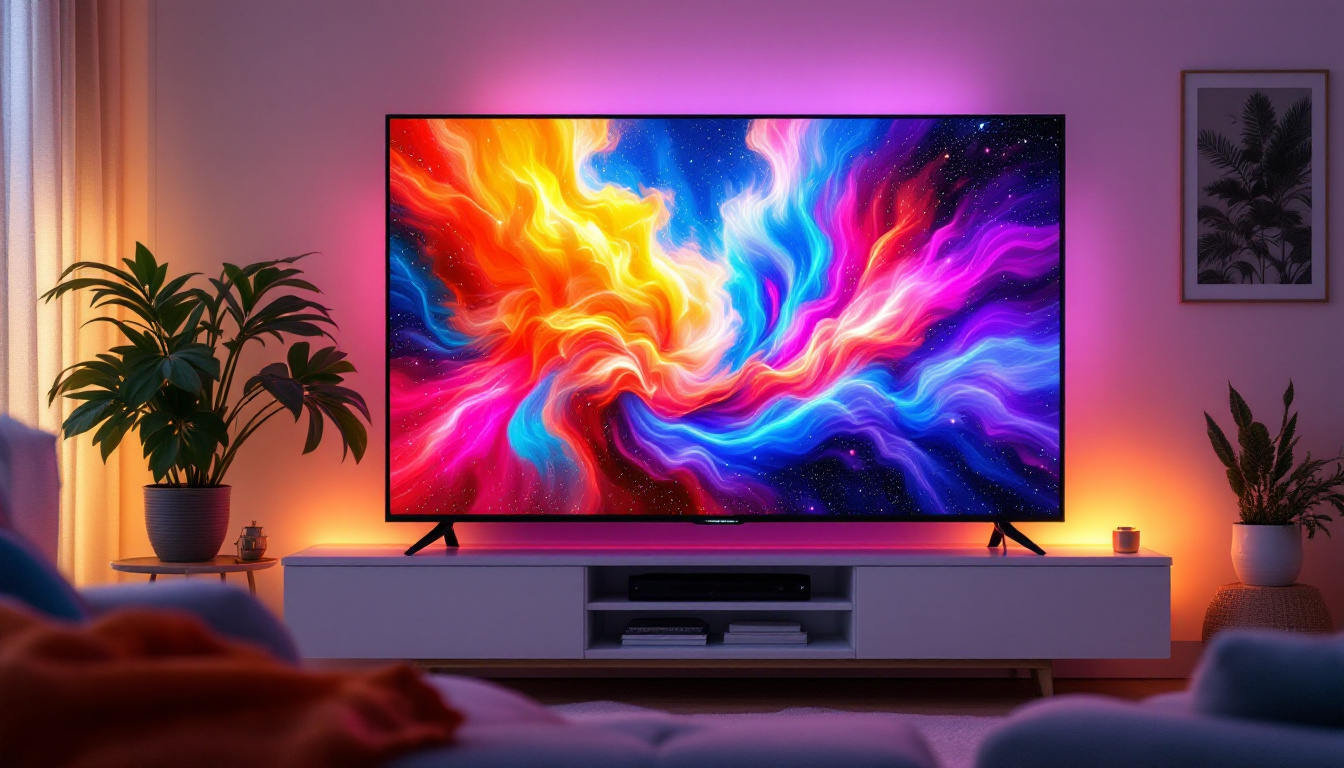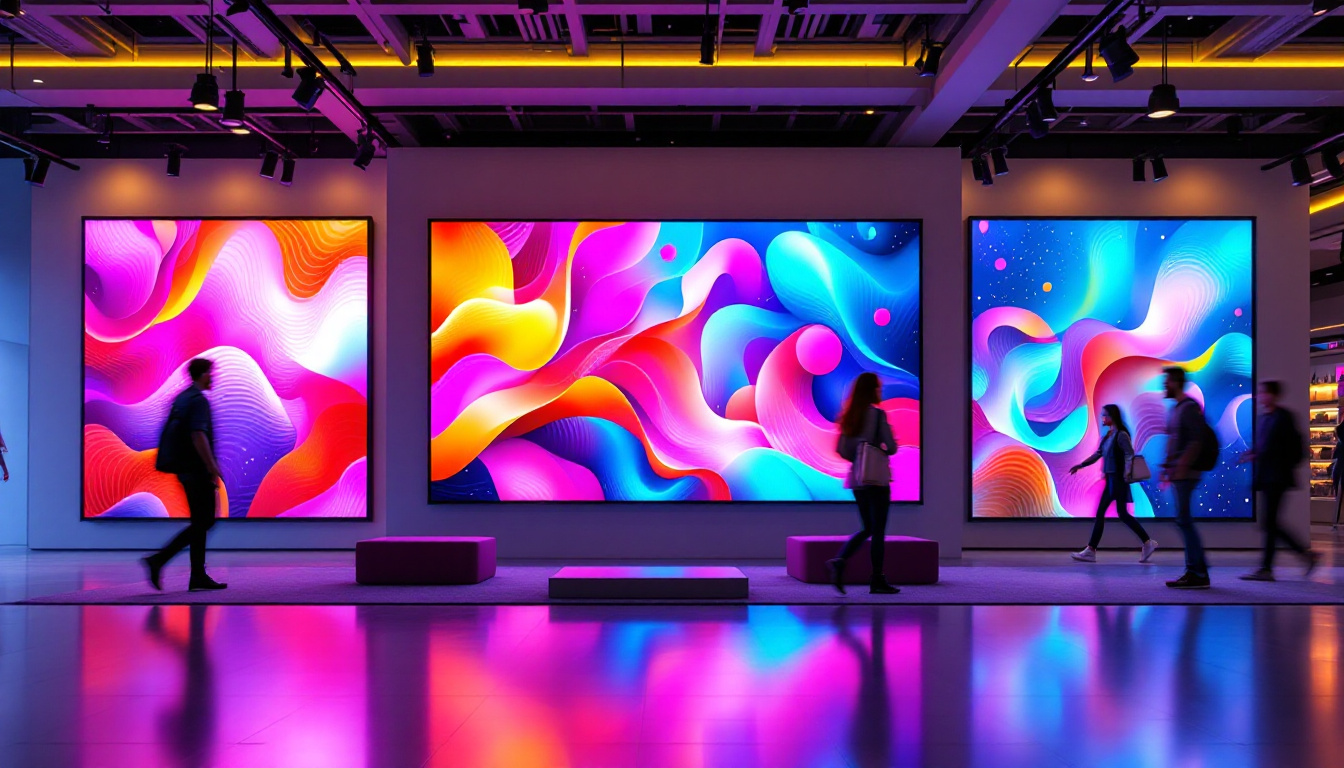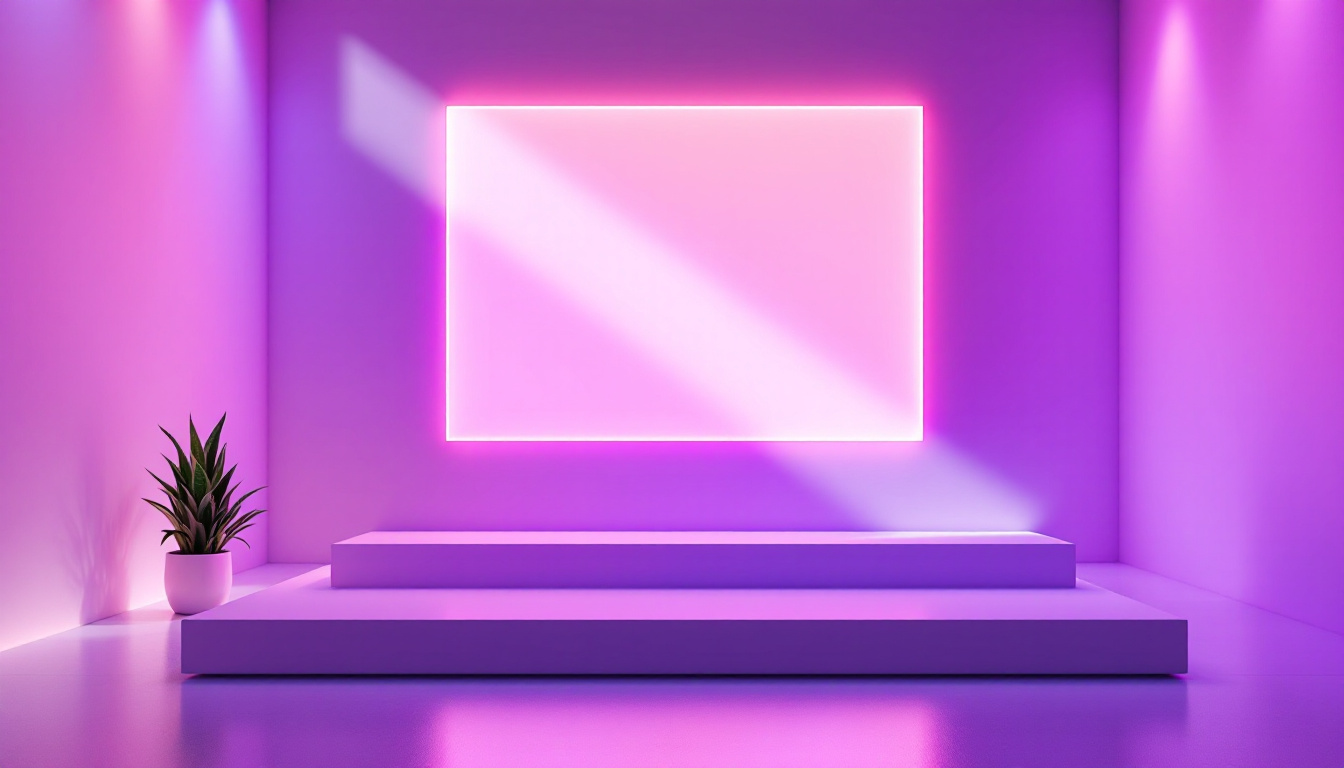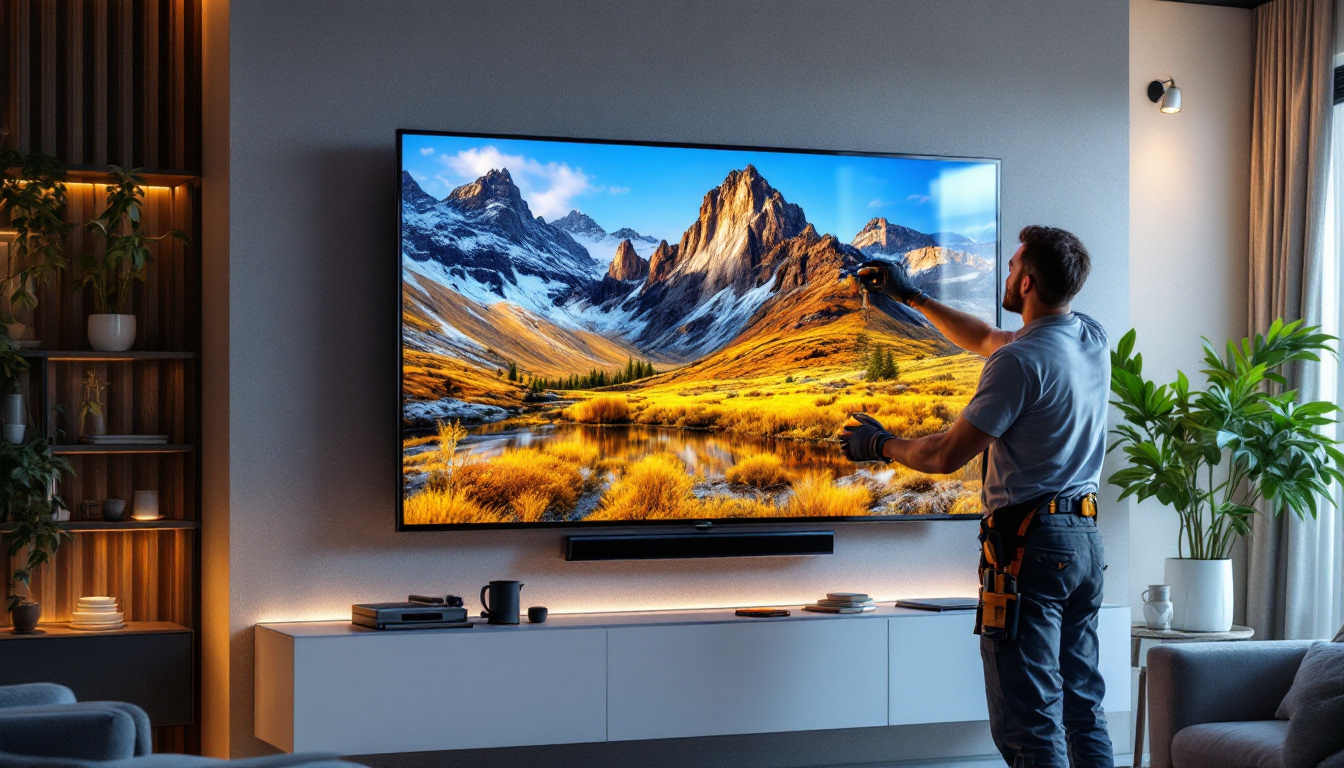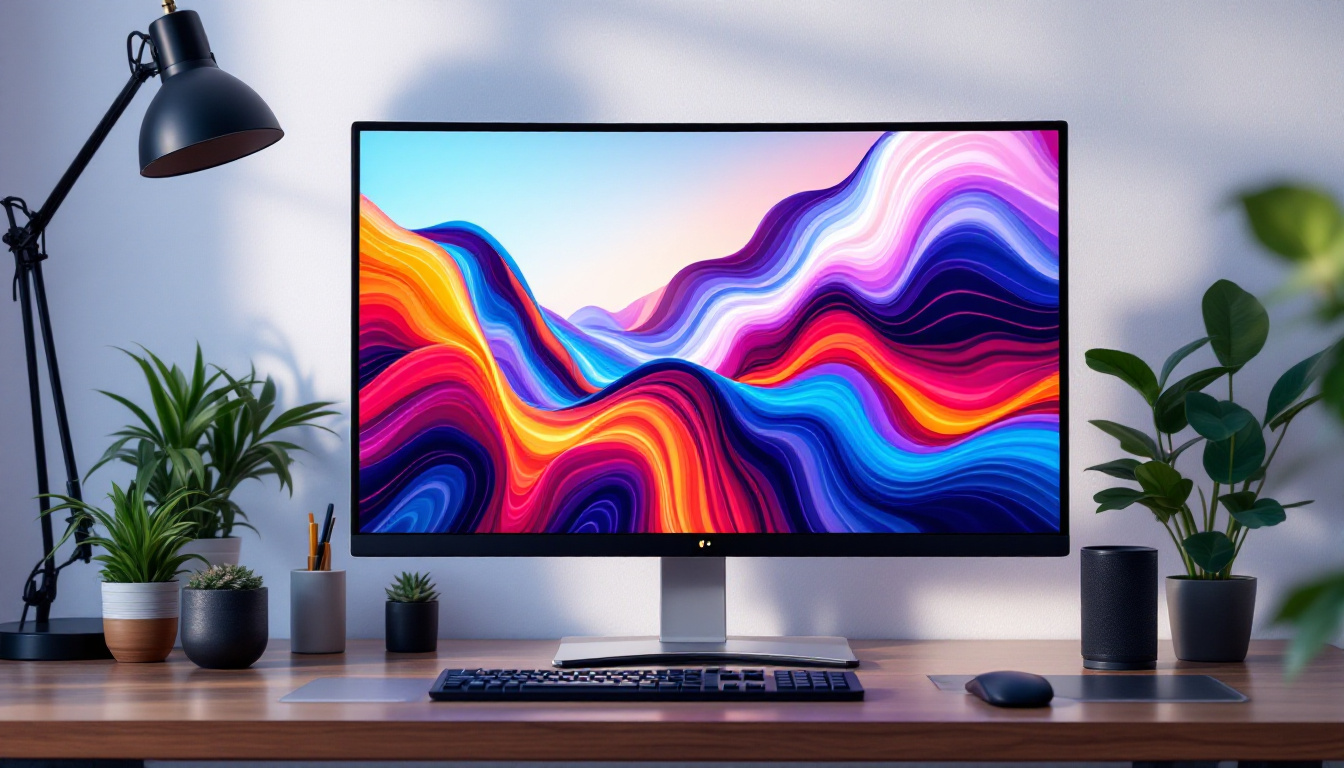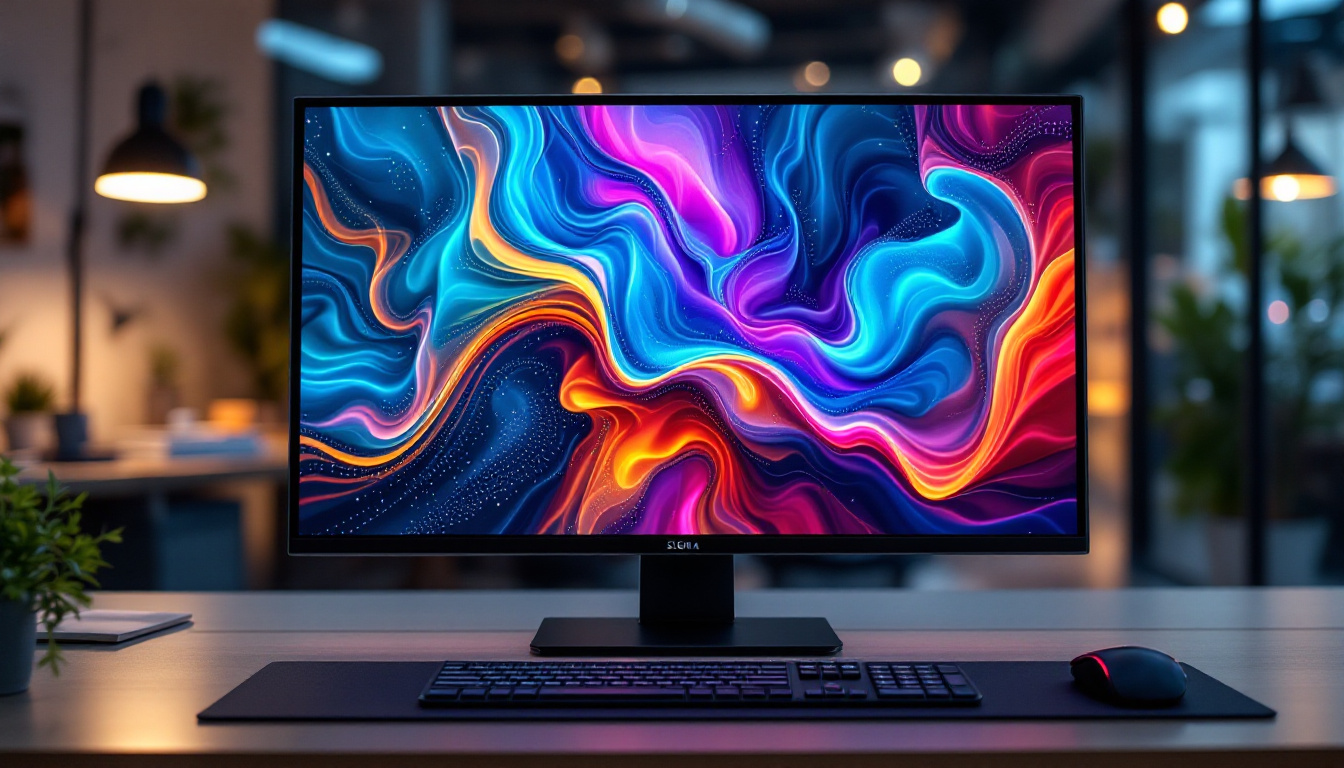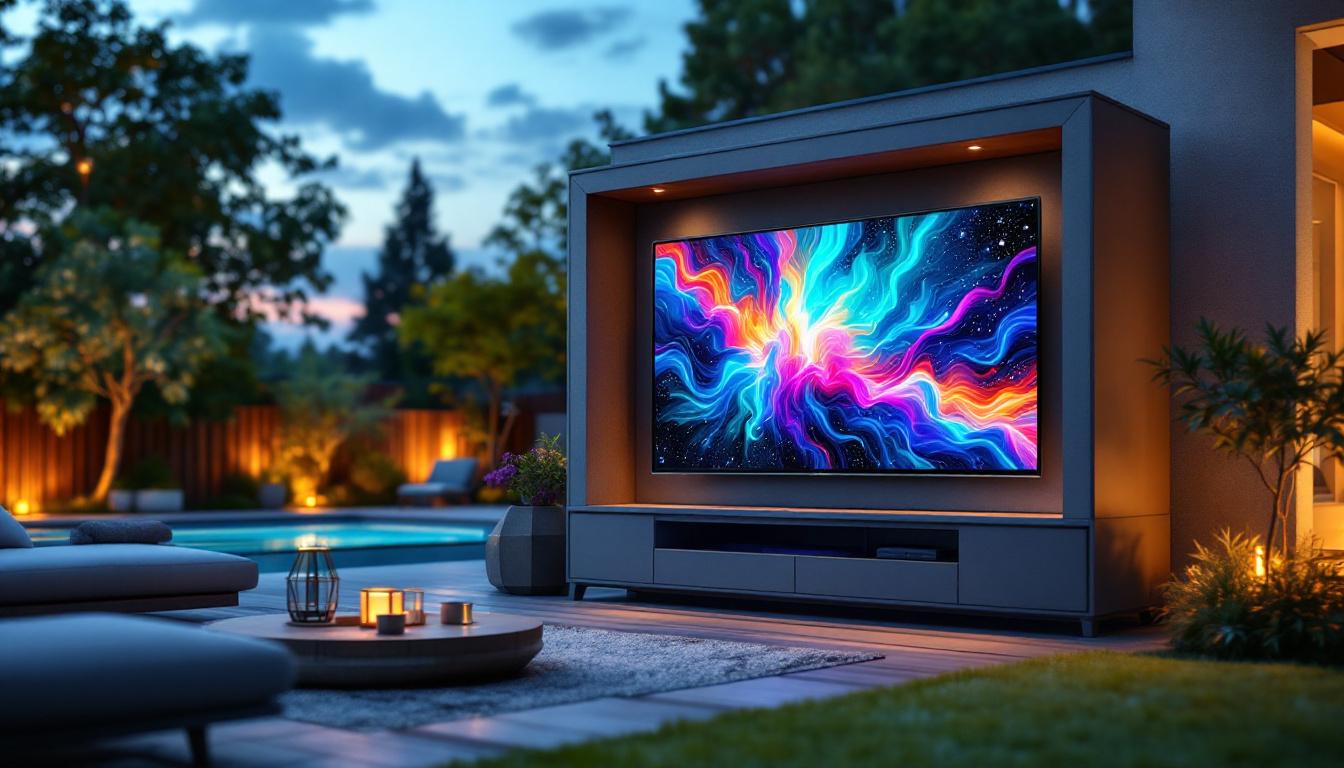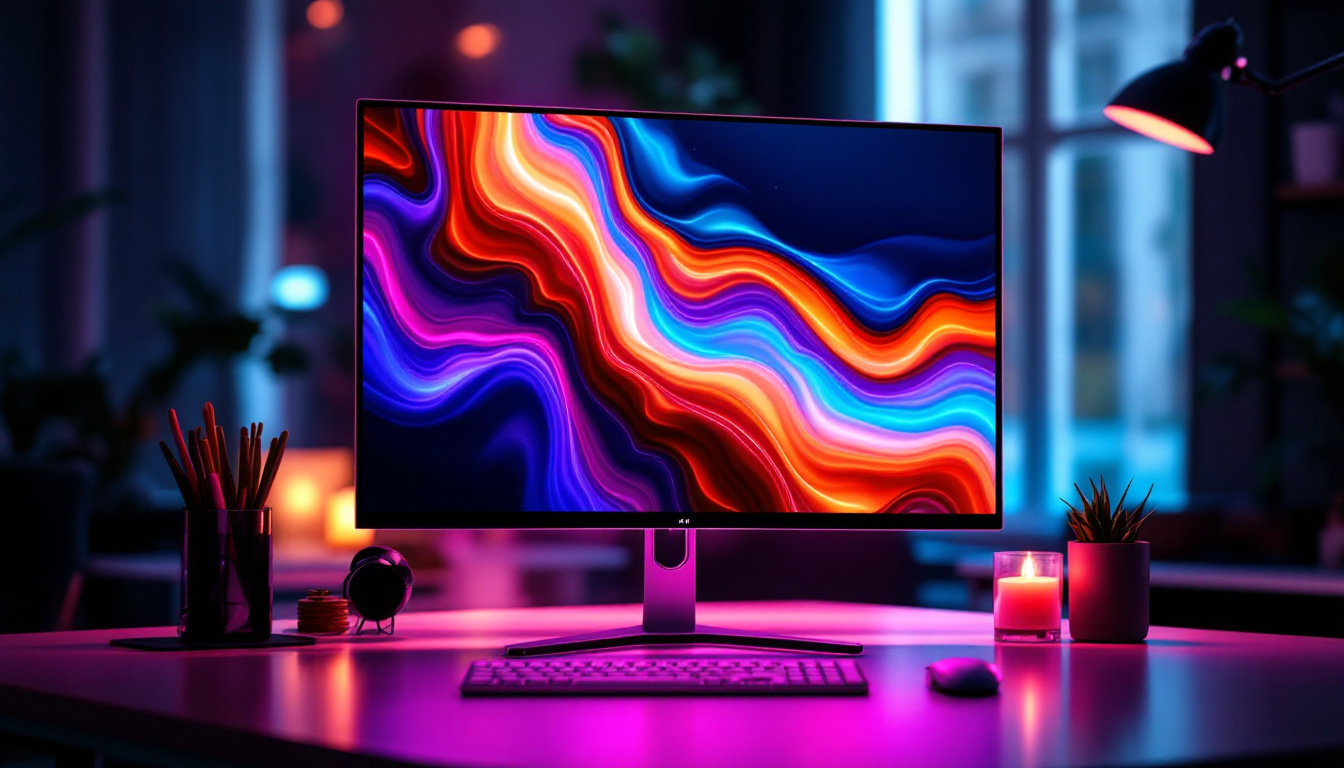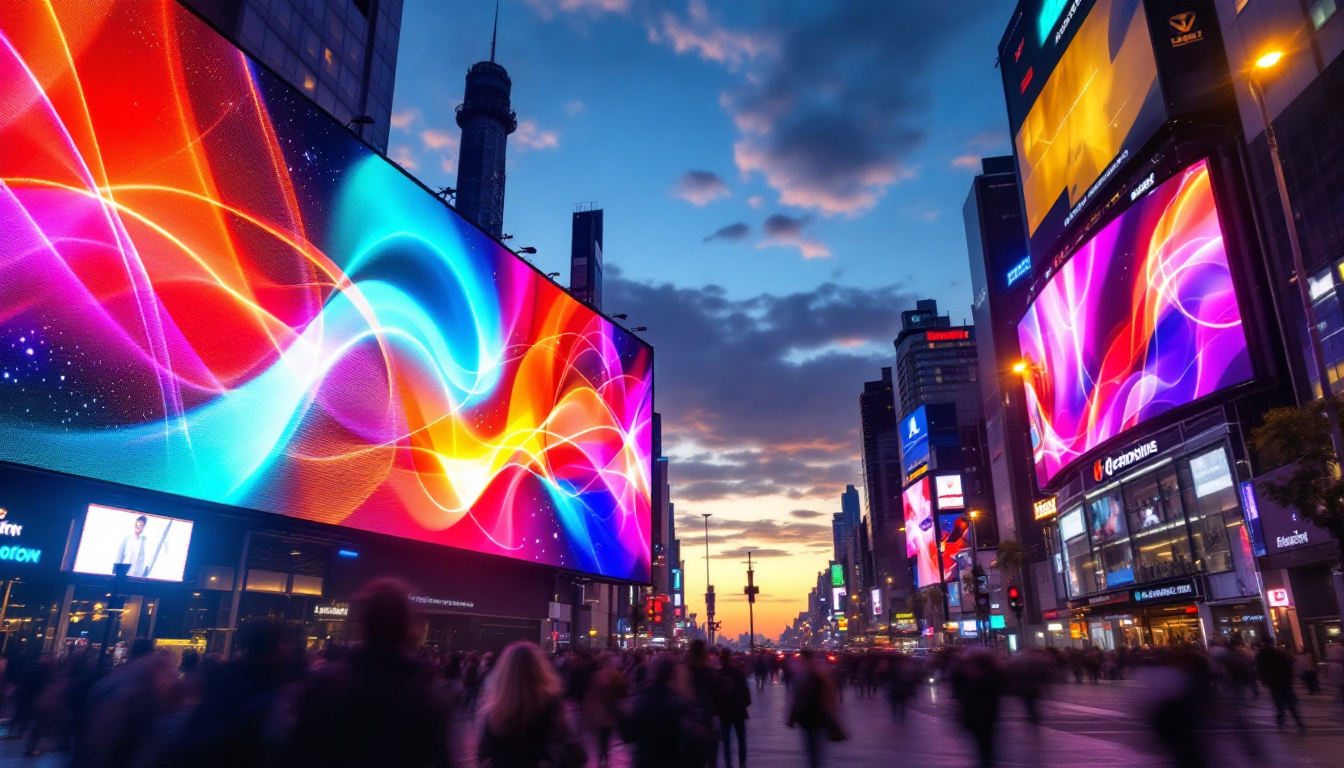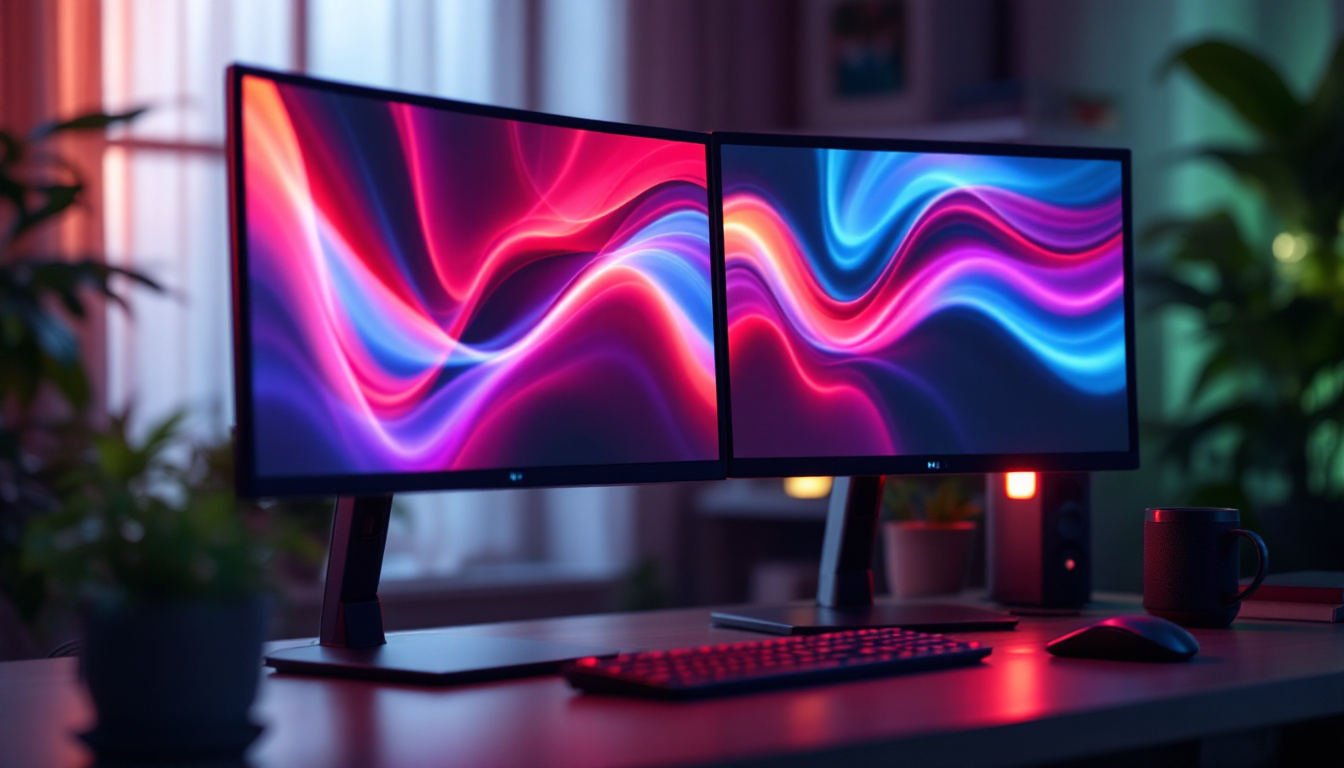In today’s digital age, the demand for high-quality visual displays has surged, leading to an increasing interest in projectors and screens. Whether for home entertainment, business presentations, or educational purposes, the right projector can make a significant difference in how content is consumed. This article delves into the world of projectors, specifically focusing on LED displays, and explores the various factors to consider when purchasing a projector with a screen.
Understanding LED Projectors
LED projectors have gained popularity due to their efficiency, longevity, and vibrant color output. Unlike traditional projectors that use lamps, LED projectors utilize light-emitting diodes to produce images. This technology not only enhances brightness but also improves color accuracy, making it an ideal choice for various applications.
Advantages of LED Projectors
One of the primary benefits of LED projectors is their energy efficiency. They consume less power compared to their lamp-based counterparts, resulting in lower electricity bills and a reduced carbon footprint. Additionally, LED projectors have a longer lifespan, often lasting up to 30,000 hours or more, which means less frequent replacements and maintenance.
Another significant advantage is their ability to produce vibrant colors. LED technology allows for a broader color spectrum, ensuring that images are not only bright but also rich in detail. This feature is particularly beneficial for movie enthusiasts and gamers who seek an immersive viewing experience. Furthermore, the quick start-up time of LED projectors eliminates the waiting period associated with traditional projectors, allowing users to jump straight into their presentations or entertainment without delay.
Applications of LED Projectors
LED projectors are versatile and can be used in various settings. In the corporate world, they are commonly employed for presentations and meetings, providing clear visuals that enhance communication. In educational environments, teachers utilize LED projectors to display lessons and multimedia content, making learning more engaging for students.
For home entertainment, LED projectors are perfect for movie nights or gaming sessions. They can transform a living room into a mini-theater, providing an expansive viewing experience that traditional televisions cannot match. Furthermore, portable LED projectors have emerged, allowing users to take their entertainment on the go. These compact devices are lightweight and often battery-operated, making them ideal for outdoor movie nights, camping trips, or even impromptu presentations in various locations. The convenience of wireless connectivity in many models also enables seamless streaming from smartphones, tablets, or laptops, enhancing the overall user experience.
In addition to home and corporate use, LED projectors are increasingly popular in art and design fields. Artists and designers often utilize these projectors for projecting images onto surfaces for tracing or creating large-scale murals. The precision and clarity provided by LED technology allow for intricate details to be captured, making it a valuable tool in creative processes. Moreover, with the rise of digital art and multimedia installations, LED projectors are becoming essential in galleries and exhibitions, where they can display dynamic visuals that captivate audiences and enhance the storytelling aspect of the artwork.
Choosing the Right Projector
When considering a projector with a screen for sale, several factors must be taken into account to ensure the best choice is made. Understanding the specifications and features can help potential buyers make informed decisions that suit their needs.
Brightness and Resolution
Brightness is measured in lumens, and it plays a crucial role in determining how well a projector performs in various lighting conditions. For home theaters, a projector with at least 1,500 lumens is recommended, while business settings may require even higher brightness levels to combat ambient light.
Resolution is another vital aspect. Higher resolutions, such as Full HD (1920×1080) or 4K (3840×2160), provide sharper images and more detail. For professional presentations, opting for a projector with at least Full HD resolution is advisable to ensure clarity and professionalism. Additionally, some projectors come with advanced features like HDR (High Dynamic Range), which enhances color accuracy and contrast, making the viewing experience even more immersive. This is particularly beneficial for movie enthusiasts who want to enjoy films in their intended quality.
Portability and Connectivity
Portability is essential for users who plan to move their projector frequently. Lightweight models that come with built-in batteries are ideal for those who need to present in various locations without the hassle of carrying heavy equipment.
Connectivity options also play a significant role in usability. Modern projectors should offer multiple input options, including HDMI, USB, and wireless connectivity. This versatility allows users to connect laptops, smartphones, and other devices seamlessly, enhancing the overall experience. Moreover, some projectors now support screen mirroring and casting, enabling users to project content directly from their mobile devices without the need for cables. This feature is particularly useful for educators and business professionals who need to share presentations or videos on the fly, making their workflow more efficient and dynamic.
Projector Screens: Types and Considerations
A projector is only as good as the screen it projects onto. Selecting the right screen is crucial for achieving optimal image quality. Various types of projector screens are available, each designed for specific environments and purposes.
Fixed vs. Portable Screens
Fixed screens are typically mounted on walls and provide a permanent solution for dedicated home theaters or conference rooms. They are designed to remain in place and often feature a smooth surface that enhances image quality.
On the other hand, portable screens are ideal for users who need flexibility. These screens can be easily set up and taken down, making them suitable for presentations in different locations or for outdoor movie nights. They come in various sizes and formats, allowing users to choose the best fit for their needs.
Screen Material and Gain
The material of the screen significantly affects the viewing experience. Screens made from high-quality materials reflect light effectively, ensuring that images are bright and clear. Gain refers to the screen’s ability to reflect light, and a higher gain value means a brighter image. However, it’s essential to balance gain with viewing angles; too high a gain can result in a narrow viewing area.
For home theaters, a matte white screen is often preferred for its wide viewing angles and color accuracy, while a high-gain screen may be suitable for environments with significant ambient light.
Installation and Setup
Proper installation and setup are crucial for maximizing the performance of both the projector and the screen. Understanding the distance between the projector and the screen, as well as the optimal height for mounting, can greatly enhance the viewing experience.
Throw Distance and Screen Size
Throw distance refers to the distance between the projector and the screen. Different projectors have varying throw ratios, which determine how far back the projector needs to be placed to achieve a specific screen size. It’s essential to measure the available space and choose a projector that fits within those parameters.
Screen size should also be considered based on the viewing distance. A general guideline is that the viewing distance should be 1.5 to 2.5 times the diagonal size of the screen for optimal clarity and comfort. This ensures that viewers can enjoy the content without straining their eyes.
Calibration and Adjustment
Once the projector and screen are set up, calibration is necessary to achieve the best image quality. This process involves adjusting brightness, contrast, color settings, and sharpness to suit the specific environment and content being displayed.
Many modern projectors come equipped with automatic calibration features that simplify this process. However, manual adjustments may still be required to fine-tune the settings for the best results. Taking the time to calibrate the projector can significantly enhance the viewing experience.
Maintenance and Care
To ensure the longevity and optimal performance of a projector, regular maintenance is essential. This includes cleaning the lens, checking filters, and keeping the projector in a dust-free environment.
Cleaning and Care Tips
Cleaning the lens is crucial for maintaining image clarity. Dust and smudges can accumulate over time, leading to a decrease in picture quality. Using a microfiber cloth and lens cleaner specifically designed for electronics can help keep the lens clear.
Additionally, checking and cleaning the air filters regularly is vital to prevent overheating. Most projectors have filters that need to be cleaned or replaced periodically, depending on usage and environmental conditions. Keeping the projector in a well-ventilated area can also help extend its lifespan.
Software Updates
Many projectors come with firmware that can be updated to improve performance and add new features. Regularly checking for software updates from the manufacturer can ensure that the projector operates smoothly and efficiently. This is particularly important for projectors with smart capabilities that may require updates to maintain compatibility with new devices.
Conclusion
Investing in a projector with a screen can elevate the way content is experienced, whether for personal enjoyment or professional use. LED projectors, with their superior brightness, color accuracy, and longevity, are an excellent choice for various applications.
When selecting a projector, it’s essential to consider factors such as brightness, resolution, portability, and connectivity. Additionally, understanding the different types of screens and their materials can significantly impact the overall viewing experience. Proper installation, calibration, and maintenance further ensure that the projector performs at its best.
As technology continues to evolve, the options available for projectors and screens will only expand, offering even more opportunities for enhanced visual experiences. By staying informed and making thoughtful choices, users can enjoy the benefits of high-quality projection for years to come.
Discover LumenMatrix’s Advanced LED Display Solutions
Ready to take your visual experience to the next level? Explore LumenMatrix’s comprehensive range of LED display solutions, designed to meet your every need. From captivating Indoor and Outdoor LED Wall Displays to innovative solutions like Vehicle LED Displays and LED Sports Displays, LumenMatrix is at the forefront of LED technology. Whether you’re looking to create an immersive home theater, enhance your business presentations, or engage audiences in any setting, LumenMatrix has the perfect LED display to make your vision a reality. Check out LumenMatrix LED Display Solutions today and see the difference cutting-edge technology can make.

